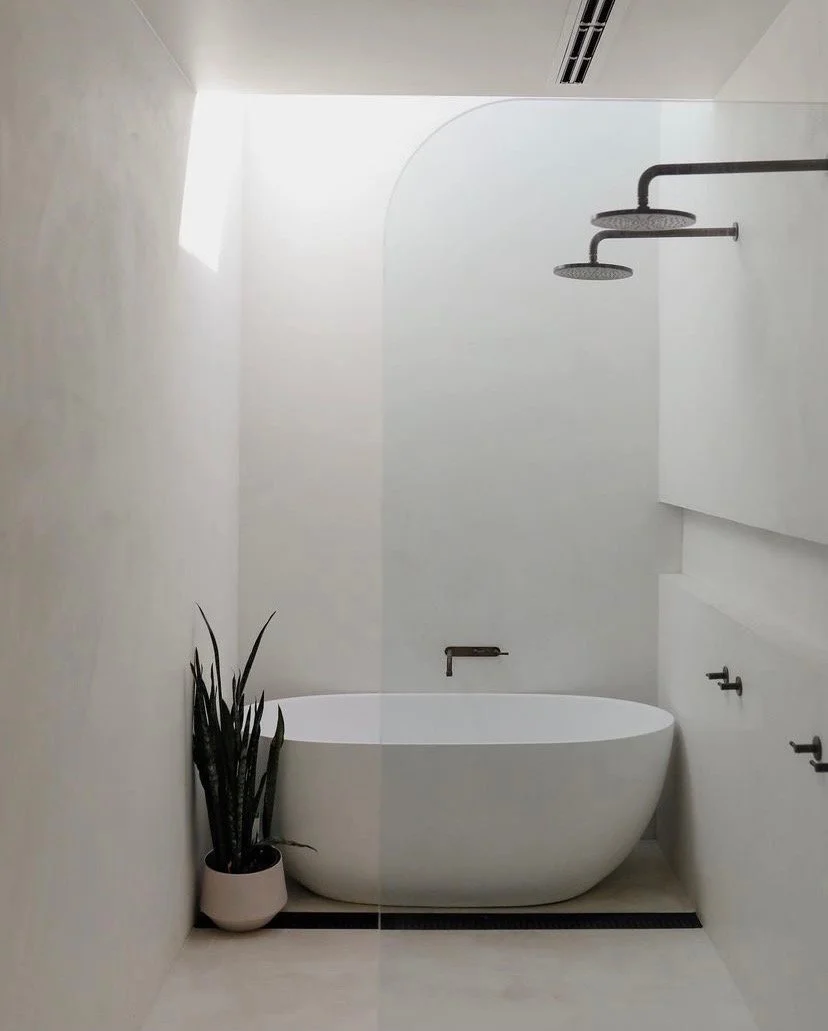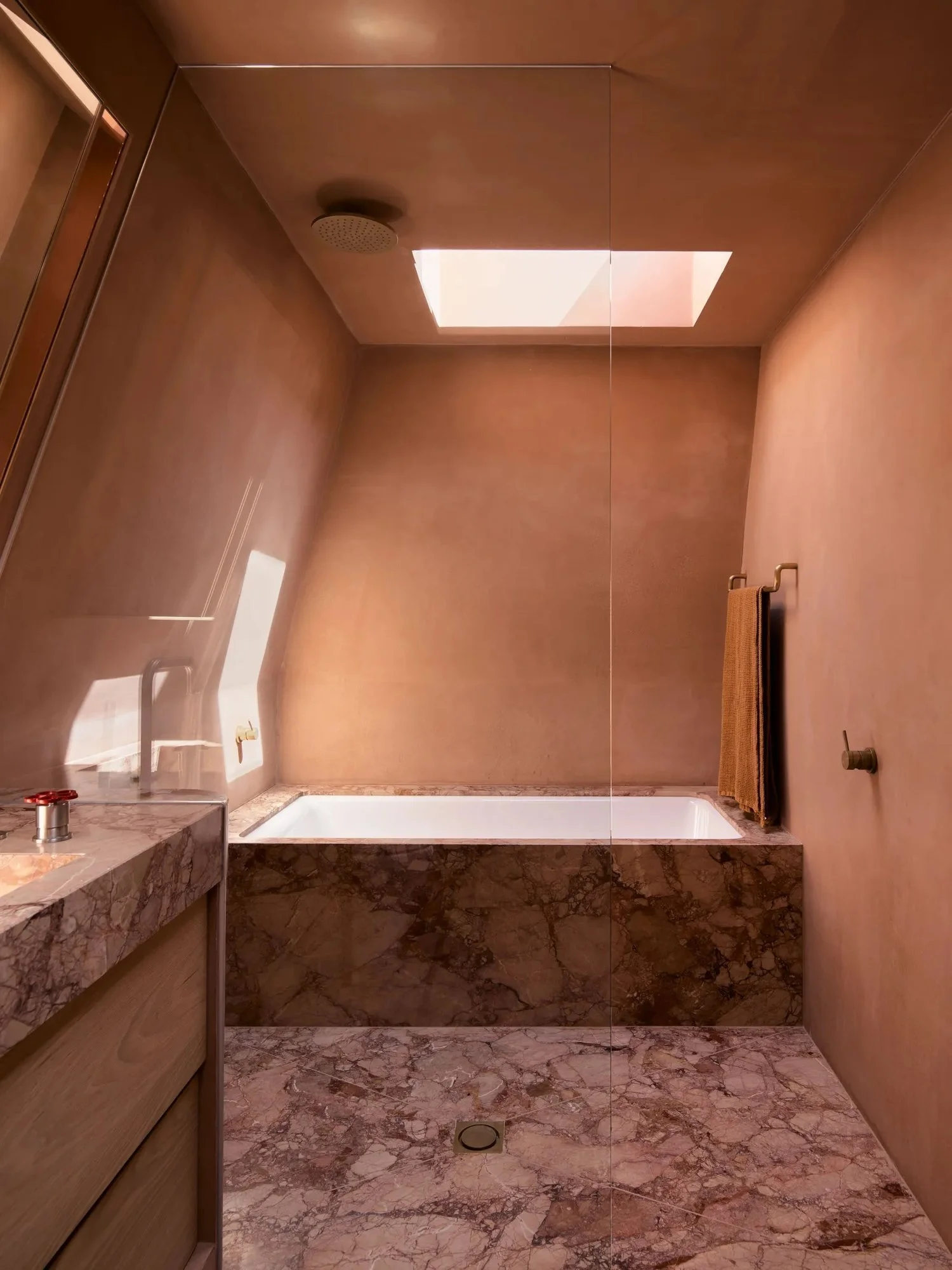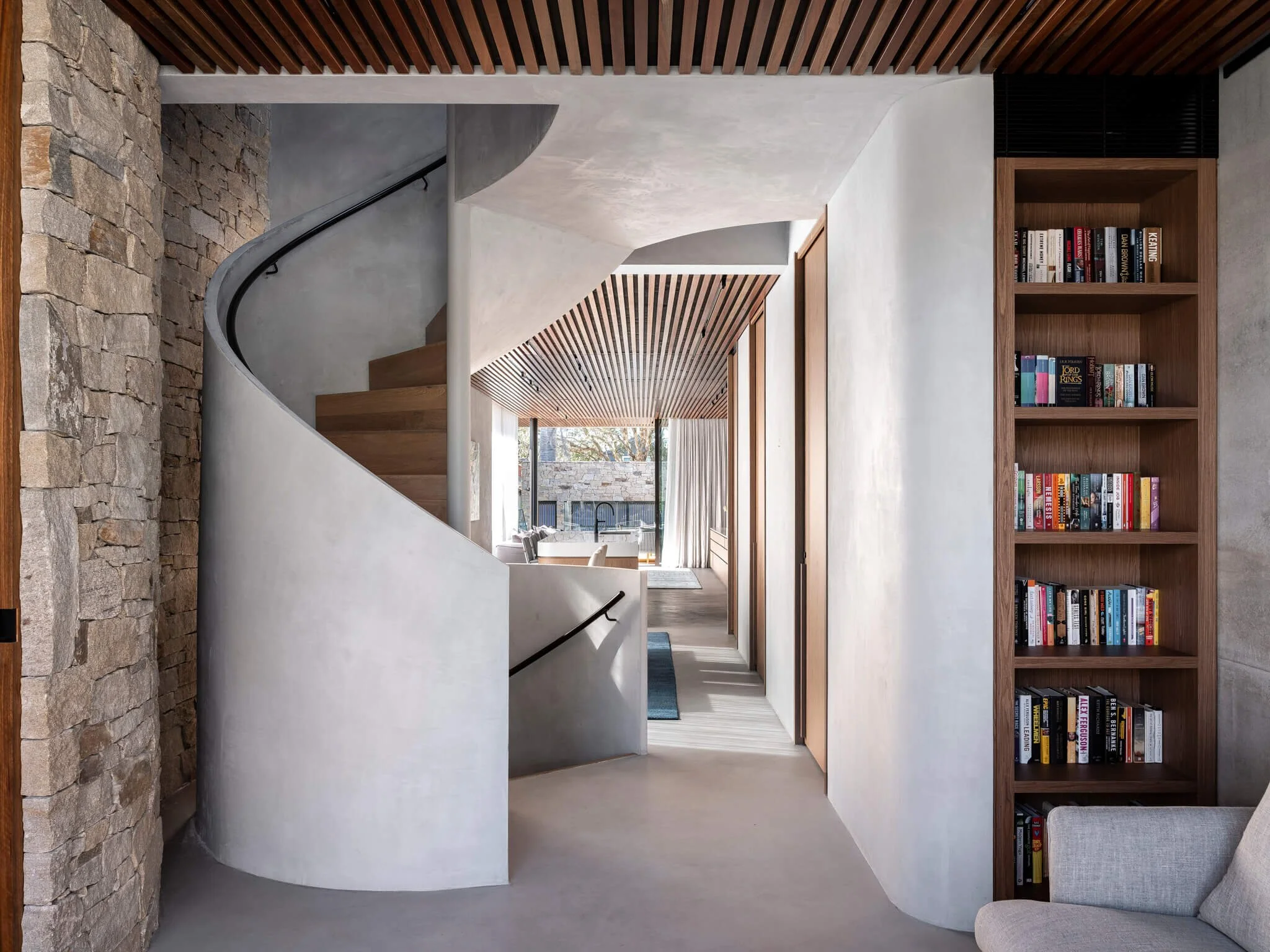Factors That Influence Microcement Price
One of the most common questions we hear is: “How much does your microcement cost to install per square foot?” And while we’d love to give you a simple answer, the reality is that there’s no fixed installation price for hand-applied finishes like X-Bond Microcement.
Microcement pricing depends heavily on your project’s specifics. Our material supply costs are only the start — the final quote comes from your contractor, and will reflect not just the product used, but also the time, tools, preparation, and skill required to apply it to your space.
In this article, we break down the key factors that typically influence microcement pricing, so you know what information to prepare about your project when asking for a quote.
1. The area where it’s being applied
Microcement is extremely versatile and can be used internally and externally on walls, floors, joinery, furniture, and even ceilings. Each of these applications involves a different technique and level of preparation. Expect pricing to vary accordingly. For example, floors are generally cheaper than walls.
2. Condition of the existing surface (substrate)
Microcement is applied over an existing base, often referred to as the “substrate.” One of the main advantages of the X-Bond system is that it’s formulated with advanced chemical technology to form a strong bond to virtually any kind of material — but the condition of that material is key.
Before application, that surface needs to be stable, level, and hard. If your substrate is uneven (e.g. old tiles), damaged, or located in a wet area like a shower, it may require more extensive prep — such as levelling, repair works, or waterproofing. The more prep required, the more labor and materials are involved, which will affect your cost.
3. Size of the Project
The square foot rate for microcement typically decreases with scale. Larger projects tend to be more cost-efficient per m² because the installer can spread fixed costs (e.g. minimum labor charges and project management time) across a bigger area. On the other hand, small intricate projects — like ensuite bathrooms or benchtops — often attract higher per-square-foot rates.
4. Design Complexity
Microcement offers opportunity for design customization, but expect additional costs where extra skills, time, or tooling is involved. This includes projects that require custom color mixing. For example, we have multiple different texture options in the X-Bond range which require differing installation techniques, some with more steps than others.
5. Location and Accessibility
Where your project is located can influence the cost, especially if an installer needs to travel long distances or work in hard-to-access areas. If your site is remote, requires specialized equipment, or has restricted working hours, these factors may be reflected in your quote.
6. Material Selection
Not all microcement products are created equal. Some systems are designed for high-traffic durability or outdoor use, while others offer specialty textures. The type and quality of product selected — including the sealers and waterproofing involved in the installation system — will influence the final material cost. Premium systems may cost more upfront, but they can offer better performance over time.
7. Labor and Skill Level
Microcement is not a DIY finish. It requires trained applicators who understand the intricacies of surface preparation, curing, sealing, and colour blending. More experienced installers may charge more, but their results tend to be more consistent and longer-lasting. Labor is often the largest part of your total project cost, and rightly so: the final look depends on the applicator’s technique and attention to detail.
You might be wondering: “Can I just purchase the materials directly from you, and then use my own contractor?”
X-Bond doesn’t quite work that way. Some materials, like tiles and bricks, are available to buy directly from suppliers for set prices per quantity or surface area. A client can then engage any tiler or bricklayer to install them. However, when specifying X-Bond on a project, you must get a quote from a trained renderer, who then orders the materials from us. This ensures the system is installed correctly — as it requires technical precision — and allows our team to stay informed about active projects for support, troubleshooting, and quality control.
8. Project Timeline
If your job is urgent or needs to be completed within a tight window, it may require installers to work longer hours or prioritize your project. Rush fees can apply in these cases. SEMCO Surfaces has been involved in many jobs where clients were on shorter deadlines than seemed possible — with great results.
Microcement pricing isn’t one-size-fits-all. By understanding the factors that go into your quote, you can better prepare for conversations with your contractor and make informed decisions about materials, finishes, and budgets.
Ready to take the next step? Gather your project details — including surface type, area size, and plans or drawings if you have them — and connect with an experienced installer for an accurate quote tailored to your space.






